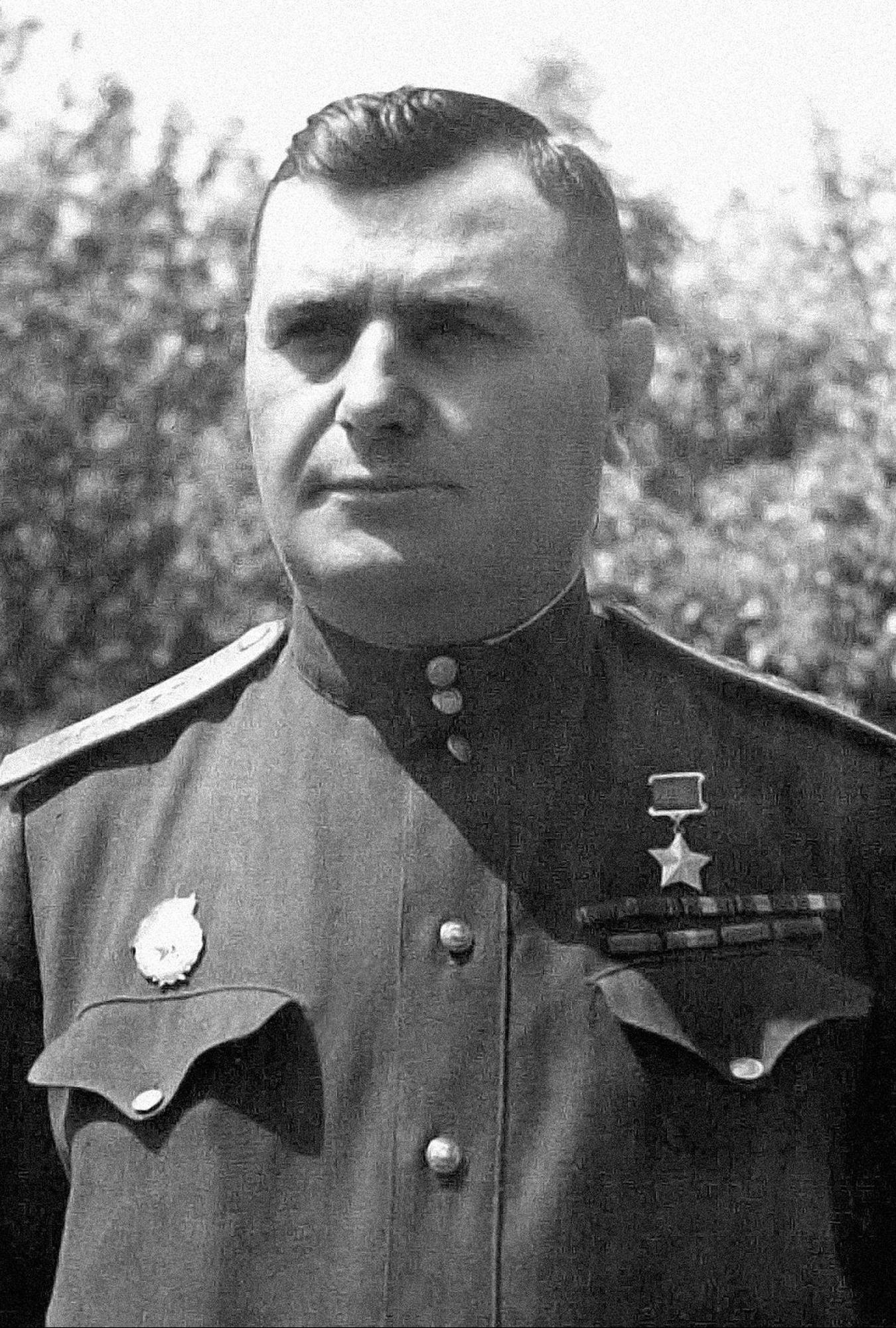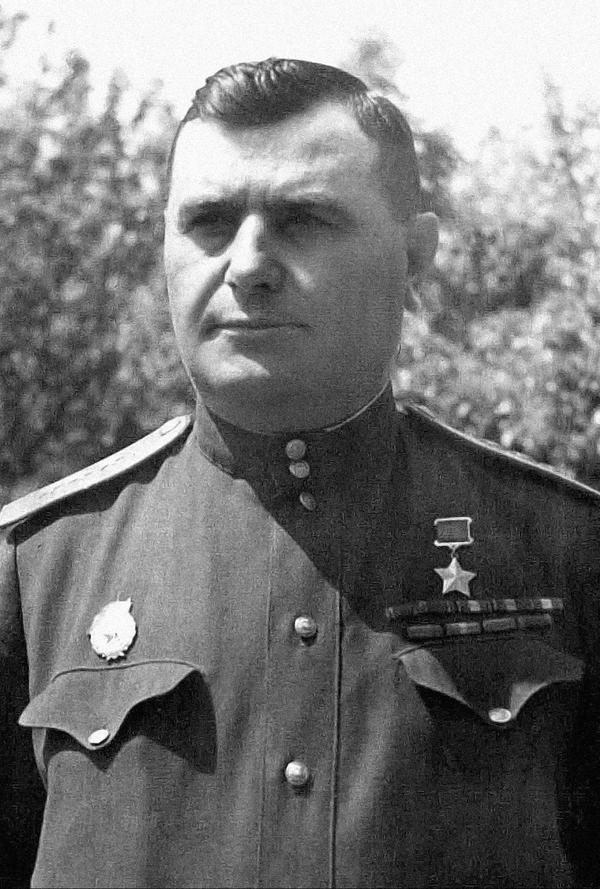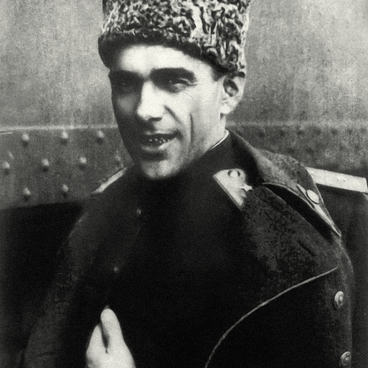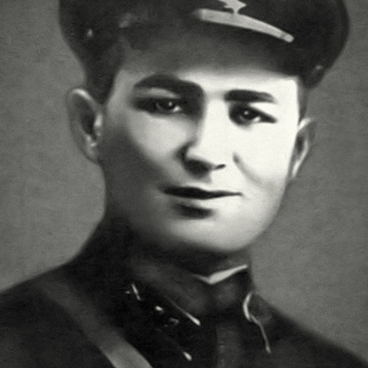Army is a vocation is the lot of the few, including Lieutenant General Andrei Grigorievich Kravchenko. He put on his military uniform when he was 19 years old and parted with the shoulder straps almost 40 years later for health reasons.
Andrei Kravchenko volunteered for the army in 1918 after three years of studies at a village school and following a clerk employment record in Kiev. He rose in the Red Army from the rank and file soldier to a non-commissioned officer. After World War I, he was referred to infantry training courses in Poltava. His military career progressed fast, and on his graduation from the academy in 1928, Andrei Kravchenko was appointed the Chief of Staff of the 21st Rifle Regiment, 7th Chernigov Rifle Division.
He turned out to be both an excellent commander and a gifted educator who combined military service with teaching. He was a master in operations’ tactics for his students, yet he also fulfilled oftentimes certain governmental missions. He fought in the winter war with Finland and took part in the Bessarabia campaign. He saw the first day of the Great Patriotic War as the Chief of Staff of the 18th Mechanized Corps in Akkerman Fortress at Odessa.
An armor brigade was set up in the rear by the autumn to be led by Kravchenko. It took part in defense operations near Moscow and Bryansk and later the Battle of Stalingrad. After the brigade was reorganized into an armor corps, the Kravchenko-ked troops were transported to Kursk for combats in the Belgorod Sector.
On July 6, 1943, Kravchenko tankmen, supported by infantry, managed to repel the assault of 300 Nazi tanks at Prokhorovka. The tank corps also excelled in the Battle for Dnieper so that Commander Kravchenko was awarded the title of the Hero of the Soviet Union. The Soviet offensive operation developed in 1943—1944 in several directions. Andrei Kravchenko’s armor corps took part in the liberation of Kharkov and Kiev as well as fought for Chisinau, Bucharest, Budapest, Vienna and Prague.
The war was not over for Andrei Kravchenko in May 1945. Next August, the Soviet-Japan armed conflict broke out, so the proficient tactician was charged with planning the brilliantly completed operation whereby Soviet tanks crossed the Gobi Desert to the Manchurian Plain and crushed the enemy who was taken unawares. The Soviet-Japan War brought Kravchenko his second Gold Star of the Hero of the Soviet Union.
Andrei Kravchenko volunteered for the army in 1918 after three years of studies at a village school and following a clerk employment record in Kiev. He rose in the Red Army from the rank and file soldier to a non-commissioned officer. After World War I, he was referred to infantry training courses in Poltava. His military career progressed fast, and on his graduation from the academy in 1928, Andrei Kravchenko was appointed the Chief of Staff of the 21st Rifle Regiment, 7th Chernigov Rifle Division.
He turned out to be both an excellent commander and a gifted educator who combined military service with teaching. He was a master in operations’ tactics for his students, yet he also fulfilled oftentimes certain governmental missions. He fought in the winter war with Finland and took part in the Bessarabia campaign. He saw the first day of the Great Patriotic War as the Chief of Staff of the 18th Mechanized Corps in Akkerman Fortress at Odessa.
An armor brigade was set up in the rear by the autumn to be led by Kravchenko. It took part in defense operations near Moscow and Bryansk and later the Battle of Stalingrad. After the brigade was reorganized into an armor corps, the Kravchenko-ked troops were transported to Kursk for combats in the Belgorod Sector.
On July 6, 1943, Kravchenko tankmen, supported by infantry, managed to repel the assault of 300 Nazi tanks at Prokhorovka. The tank corps also excelled in the Battle for Dnieper so that Commander Kravchenko was awarded the title of the Hero of the Soviet Union. The Soviet offensive operation developed in 1943—1944 in several directions. Andrei Kravchenko’s armor corps took part in the liberation of Kharkov and Kiev as well as fought for Chisinau, Bucharest, Budapest, Vienna and Prague.
The war was not over for Andrei Kravchenko in May 1945. Next August, the Soviet-Japan armed conflict broke out, so the proficient tactician was charged with planning the brilliantly completed operation whereby Soviet tanks crossed the Gobi Desert to the Manchurian Plain and crushed the enemy who was taken unawares. The Soviet-Japan War brought Kravchenko his second Gold Star of the Hero of the Soviet Union.



